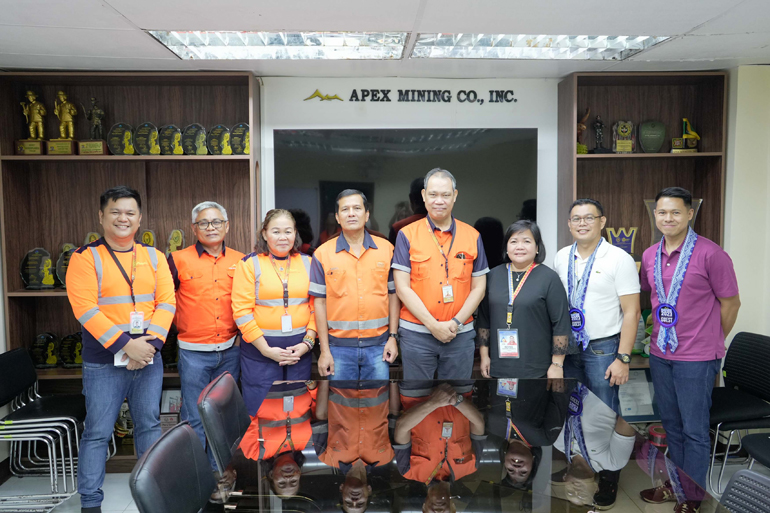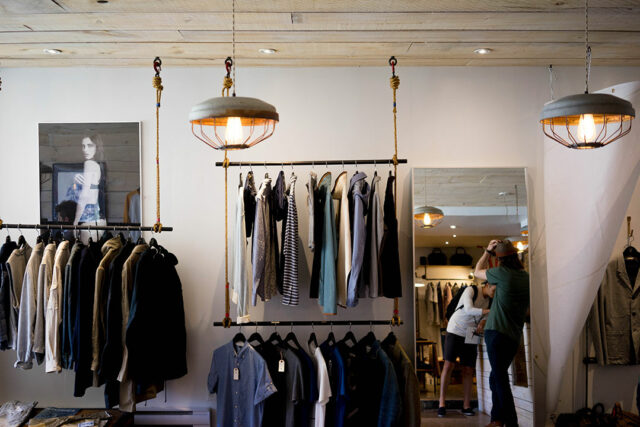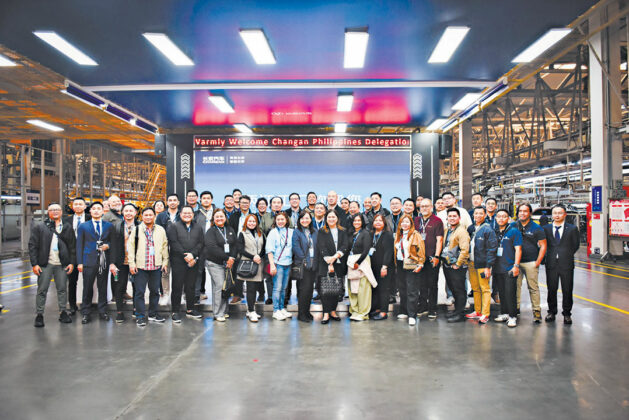Gross borrowings jump in October
THE NATIONAL GOVERNMENT’S gross borrowings jumped by 23.4% in October as domestic debt surged, the Bureau of the Treasury (BTr) said.
Data from the BTr showed that gross borrowings rose to P225.202 billion in October from P182.429 billion in the same month a year ago.
Gross domestic debt more than tripled to P174.632 billion in October from P56.733 billion a year ago. This accounted for more than three-fourths or 77.5% of total borrowings during the month.
Broken down, domestic debt consisted of P90 billion in fixed-rate Treasury bonds, P71.78 billion in retail onshore dollar bonds, and P12.852 billion in Treasury bills.
Meanwhile, gross external borrowings declined by 59.8% to P50.57 billion in October from P125.696 billion a year ago.
This was composed of P42.514 billion in program loans and P8.056 billion in new project loans.
For the 10-month period, gross borrowings stood at P1.975 trillion, 1.5% lower than P2.006 trillion in the same period a year earlier.
Domestic borrowings slipped by 0.99% to P1.519 trillion during the January-to-October period, from P1.535 trillion a year ago. This accounted for 76.9% of total borrowings for the period.
Fixed-rate Treasury bonds made up the bulk or P1.055 trillion of local debt, followed by retail Treasury bonds (P252.091 billion), Treasury bills (P139.697 billion), and the retail onshore dollar bonds (P71.78 billion).
Meanwhile, external debt in the 10 months to October dropped by 3.3% to P456.311 billion from P471.655 billion.
This consisted of P187.573 billion in program loans, P163.607 billion in global bonds, and P105.131 billion in new project loans.
Rizal Commercial Banking Corp. Chief Economist Michael L. Ricafort said that higher borrowings in October was due to the government’s sale of retail dollar bonds.
The government raised $1.26 billion from the first retail dollar bond offering under the Marcos administration. This was higher than the minimum issue size of $200 million but below the $1.6 billion raised at the maiden retail dollar bond auction in 2021.
The dollar-denominated five-and-a-half-year bonds fetched a coupon rate of 5.75% and were awarded at rates ranging from 5% to 5.75%, bringing the average to 5.509%.
Mr. Ricafort also said that elevated interest rates also drove borrowing costs higher.
The Bangko Sentral ng Pilipinas (BSP) delivered a 25-basis-point (bp) off-cycle rate hike in October, bringing the benchmark rate to a 16-year high of 6.5%. It kept rates steady at its latest policy meeting in November.
Since May 2022, the central bank has raised borrowing costs by a cumulative 450 bps.
“Going forward, lower global crude oil and other commodity prices that help ease inflation towards the target of the central bank would eventually support a pause or even cuts in policy rates especially in 2024, and thereby help reduce new government borrowings and debt servicing bill,” Mr. Ricafort said.
“Tax and fiscal reform measures would structurally improve tax revenue collections and could lead to more disciplined government spending, thereby helping narrow budget deficits and the borrowings needed to finance the budget deficit,” he added.
In the January-to-October period, the budget deficit narrowed by 8.45% to P1.018 trillion from a year ago. This was equivalent to 67.88% of the full-year P1.499-trillion deficit program.
This year, the National Government set its borrowing program at P2.207 trillion, consisting of P1.654 trillion from domestic sources and P553.5 billion from foreign creditors. — Luisa Maria Jacinta C. Jocson






 Engr. Ernesto Javier, Mine Division Manager of AMCI, said, “The company is simply complying with the mandates of the law. Whatever we do, it’s not just for the company; there is always a basis. That’s what we want for our fellow mine workers to understand.”
Engr. Ernesto Javier, Mine Division Manager of AMCI, said, “The company is simply complying with the mandates of the law. Whatever we do, it’s not just for the company; there is always a basis. That’s what we want for our fellow mine workers to understand.” AMCINERO has also taken steps to address employee commuting challenges in the motor pool area. It has started the construction of a shaded pathwalk, which will provide employees with a comfortable and convenient journey to work.
AMCINERO has also taken steps to address employee commuting challenges in the motor pool area. It has started the construction of a shaded pathwalk, which will provide employees with a comfortable and convenient journey to work.





















